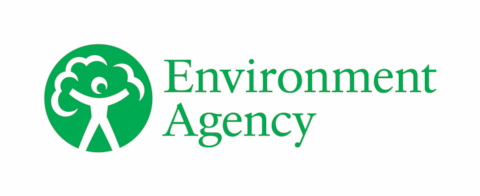Understanding and addressing inequalities in air quality: summary
Published 15 January 2025
1. Background
Poor air quality is one of the largest environmental risks to people’s health in the UK. It also represents one of the biggest environmental inequalities.
Although air pollution is harmful to everyone, some people are more affected because of where they live, the level of air pollution they are exposed to in their day-to-day lives, or their susceptibility to health problems caused by air pollution.
Generally, higher concentrations of air pollution tend to be found in more socially disadvantaged areas.
2. Structure
The joint ‘Air Quality Inequalities Project’ was carried out by the Environment Agency, with input from the UK Health Security Agency (UKHSA), Department for Environment, Food and Rural Affairs (Defra), the World Health Organization (WHO), other government departments (OGDs), public sector bodies, academic and third sector partners, and community groups.
Via a series of 8 online workshops and presentations, the project gathered the ‘lived experiences’ of those most affected by air pollution and health inequalities, as well as sought the knowledge of those with expertise in air quality and health inequalities. The sessions covered a number of themes, including:
- age
- ethnicity
- housing and indoor environment
- employment
- travel
- geography (urban and rural)
- equity
- community engagement and involvement in policy making.
A further 4 sessions focused on the themes that emerged from these first sessions, with the emphasis on the professional experiences of policymakers and those with responsibility to protect public health and reduce inequalities. The aim was then to look how these experiences and knowledge could be combined to help reduce the inequalities gap.
Over 300 individuals and more than 100 groups were involved in the workshop sessions.
3. Findings
The findings and proposals of the first 8 sessions highlighted that the ‘lived experience’ of those most affected by air quality and health inequalities is vital to addressing and reducing those inequalities.
Specific lessons learned from the ‘lived experience’ sessions included:
- talking to discover people’s experiences is the way to build understanding and consensus
- people were happy to be engaged and share their stories.
- people appreciate transparency and honesty
- engagement can take time but it is important to build ongoing relationships
- the lived experience view is essential to achieving quality policy and buy-in
- the biggest changes can be made by targeting those most in need
- consider providing training for community members and policymakers to support empowered engagement
4. Proposals
The policymaker sessions highlighted a number of suggested areas for action to address inequalities in air quality. These are:
- engage with the most affected parts of the population to help set up and apply targeted measures and interventions
- embed ‘addressing inequalities’ in all policy by including ‘reducing inequalities’ as a key performance indicator and including inequalities in all appraisals and assessments
- build networks to participate on air quality, social and health issues
- develop and communicate equity as a core mission
- reorientate activity towards disadvantaged communities
- understand where interventions are most needed, the benefits of taking action, and tracking progress
- build an equity culture and capacity
- engage organisations and professionals to develop a shared vision
5. Outcomes
One of the main outcomes of the project was to inform an extended network, and so, as a result of the project, the Air Quality Inequalities Network (AQIN) was created.
The network continues to work in partnership with others to share knowledge and understanding around air quality and equity.
6. Conclusion
Understanding the lived experiences of the vulnerable and those most in need is vital to carrying out the appropriate action to protect air quality, reduce exposure, and create sustainable and equitable outcomes for the environment, for the economy and ultimately for society.

